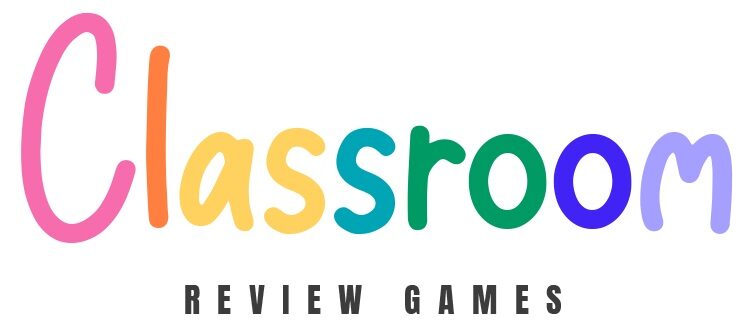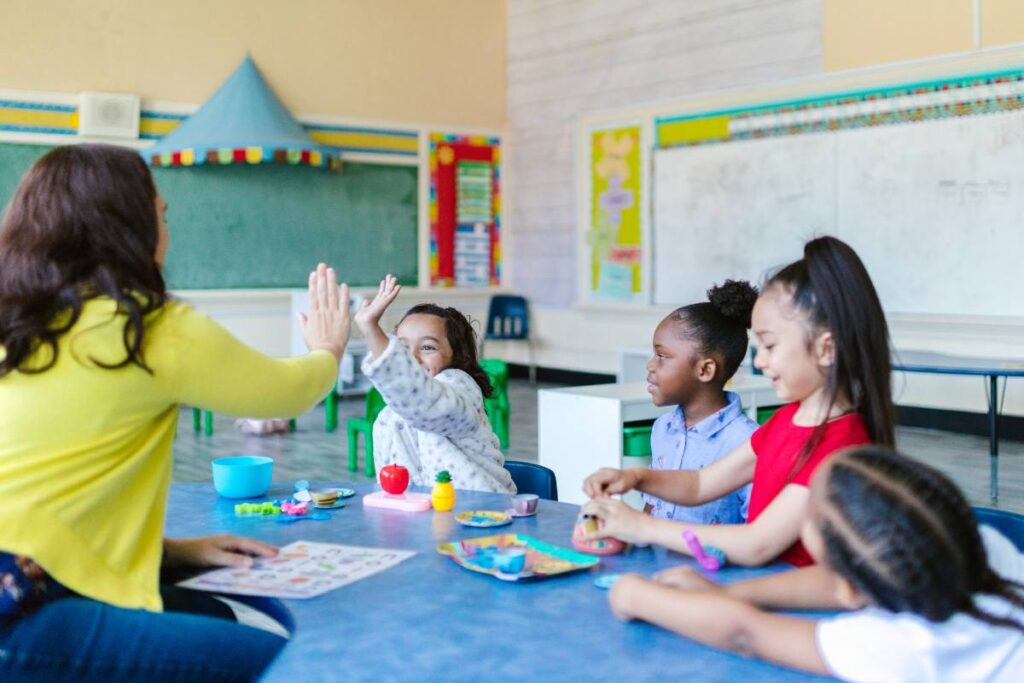16 Memory Games for the Classroom
1. Classic Memory Match
Materials Needed:
- Cards with pairs of matching items (e.g., word and definition, historical figure and significant event, math problem and solution)
How to Play:
Lay all cards face down. Students take turns flipping over two cards at a time, trying to find matching pairs. The game continues until all pairs have been matched. This classic game reinforces knowledge and aids in the retention of key concepts.
2. Concentration Circle
Materials Needed:
- A list of related items or terms (e.g., vocabulary words, elements, historical dates)
How to Play:
Students sit in a circle. The first student says an item from the list, the second student repeats the first item and adds another, and so on. Each student must recall the growing list in order, adding a new item each turn. This game enhances sequential memory and focus.
3. Sequence Shuffle
Materials Needed:
- Cards or strips of paper with steps in a process, chronological events, or a series of related items
How to Play:
Mix up the cards and challenge students to arrange them in the correct order. This could be used for sequencing historical events, steps in the scientific method, plot points in a story, or any other sequential information. This game strengthens understanding of order and progression in various subjects.
4. Memory Storytelling
Materials Needed:
- A collection of images or words related to the lesson content
How to Play:
Display the images or words briefly, then hide them. Students must recount or create a story using as many of the items as they remember, in any order. This game encourages creative thinking and helps improve recall by associating facts with a narrative.
5. Flashcard Flip
Materials Needed:
- Flashcards with questions on one side and answers on the other
How to Play:
Show the question side of a flashcard to the class for a brief moment, then hide it. Students write down or shout out the answer from memory. This rapid recall game is excellent for reinforcing facts and details.
6. Find Your Pair
Materials Needed:
- Cards with related pairs (e.g., capital cities and countries, mathematical equations and solutions)
How to Play:
Each student receives a card, and without revealing their card to others, they must find the classmate holding the matching pair. This game promotes interaction and discussion among students, enhancing social learning and memory through collaboration.
7. Memory Chain
Materials Needed:
- A starting word or concept related to the lesson
How to Play:
The first student says a word or concept related to the topic. The next student repeats the first word and adds their own, creating a chain. The game continues with each student repeating and adding to the chain, challenging their ability to recall previous items and think of new ones.
8. Picture Recall
Materials Needed:
- A detailed image related to the lesson content
How to Play:
Show the image to the students for a short period, then hide it. Students list or discuss as many details as they can recall. This game enhances visual memory and attention to detail.
9. Sound Memory
Materials Needed:
- Audio recordings of related sounds (e.g., animal sounds, musical instruments, spoken words in a foreign language)
How to Play:
Play a sequence of sounds, then replay with one sound missing or changed. Students identify the missing or changed sound. This game is particularly useful for language learning, music classes, or any subject where auditory learning is emphasized.
10. Memory Grid
Materials Needed:
- A grid with symbols, words, or numbers related to the lesson content
How to Play:
Show the grid to students for a limited time, then cover it. Students recreate the grid from memory, filling in as many correct items as they can. This game can be adapted to various subjects, reinforcing spatial memory and content recall.
11. Alphabet Association
Materials Needed:
- A topic or theme for the game (e.g., a specific subject area or unit of study)
How to Play:
Students go through the alphabet, associating each letter with a word related to the topic (e.g., “A” for “Atom” in science, “B” for “Bastille” in history). This game encourages creative thinking and helps in memorizing terms and concepts.
12. Memory Relay
Materials Needed:
- Cards with questions or prompts placed at one end of the room or outdoor space
How to Play:
In teams, students take turns running to the cards, memorizing a question or prompt, then returning to their team to recount the information. The team then collaborates to provide an answer or response. This game combines physical activity with cognitive challenges, enhancing memory through movement and teamwork.
13. Who Remembers?
Materials Needed:
- A list of facts, terms, or concepts covered in recent lessons
How to Play:
The teacher reads a statement related to the lesson content, and students raise their hands if they remember the fact, term, or concept. This can be turned into a competitive game by dividing the class into teams and awarding points for correct recalls.
14. Memory Matching on the Board
Materials Needed:
- A whiteboard or blackboard
- Sticky notes or magnets with terms and definitions, dates and events, or any other pairs of related information
How to Play:
Place the sticky notes or magnets on the board in a randomized order, covering the pairs. Students take turns choosing two at a time to find matches. Once a match is found, it’s removed from the board, and the student explains the connection between the pair to the class.
15. Echo Chain
Materials Needed:
- A sentence or series of facts related to the lesson content
How to Play:
The teacher starts by saying a sentence or fact. The next student repeats what the first student said and adds another sentence or fact, and so on. This game tests and improves auditory memory and retention of lesson content.
16. Memory Matrix
Materials Needed:
- A grid with various symbols, words, or numbers, each associated with specific lesson content
How to Play:
Students study the grid for a set time, then recreate it from memory on paper. This activity is particularly useful for visual learners and can be adapted to fit any subject area, from math formulas to historical dates.


